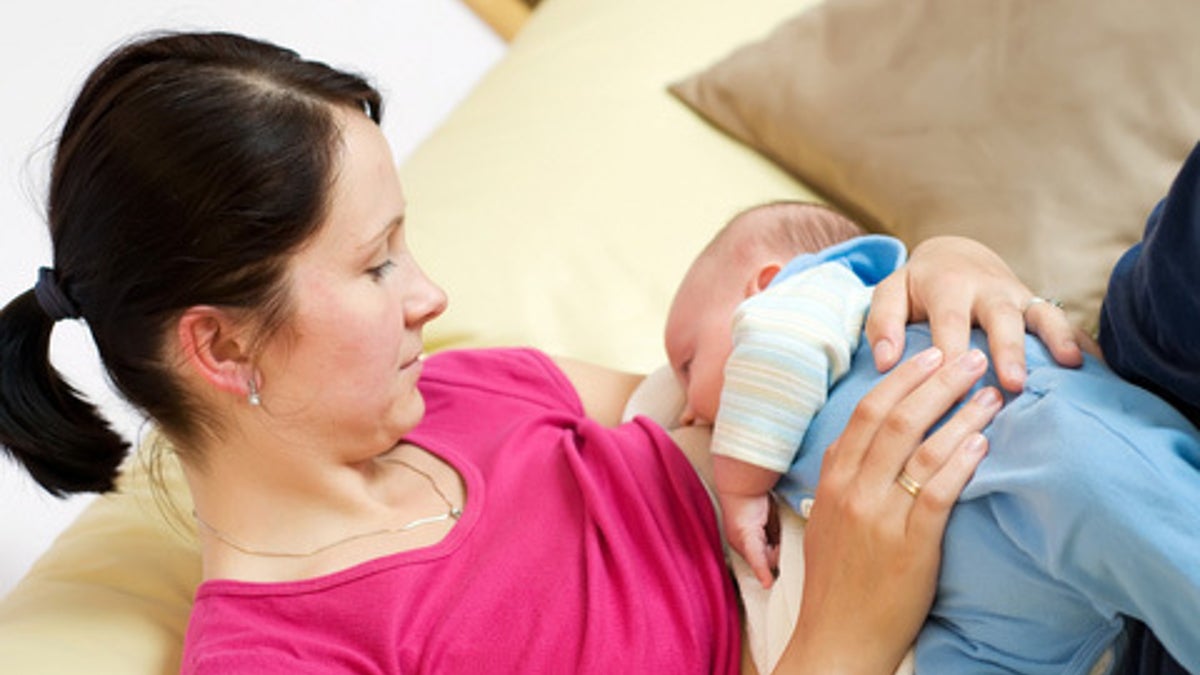
Credit:Dreamstime (Dreamstime)
The Ache: Breast-feeding has been shown to have benefits including fewer ear infections and reduced hospitalizations. But some mothers—already often feeling a lot of pressure to breast-feed—may be anxious that their breast milk may be missing some nutrients. Others may worry about the baby’s safety if they have a drink.
The Claim: A new testing service—you mail three samples of breast milk to a lab—offers a full nutritional panel of breast milk, with levels of a wide variety of nutrients from protein to vitamin D. Another test, a strip that changes color when alcohol content is over a certain level, can tell a mother if it’s too soon after an alcoholic drink to feed the baby.
The Verdict: Nutritional analysis of breast milk can be useful in special high-risk cases, such as premature babies. For everyone else, testing isn’t necessary, as breast milk is consistently of high quality, even when a mother’s diet isn’t perfect, some scientists say.
"The nutrient value of breast milk will supply all the needs of the baby. There is no need to measure it," says Arthur Eidelman, co-author of the American Academy of Pediatrics guidelines on breast-feeding, published in 2012.
After having a drink, the best test of whether it’s OK to breast-feed is when the mother no longer feels the effects of alcohol—usually about two hours after drinking a glass of wine, says Joan Younger Meek, associate dean for graduate medical education at Florida State University College of Medicine in Tallahassee.
Individualized breast-milk profiles are sold directly to consumers by companies such as Israel’s MyMilk Laboratories Ltd., which hopes to offer its services in the U.S. next year. Happy Vitals Inc., of Washington, D.C., began shipping test kits this month at $149.95 for a basic panel and up to $324.95 for a test of 15 different beneficial ingredients as well as for cortisol, a stress hormone that a 2013 study suggests may influence a baby’s temperament.